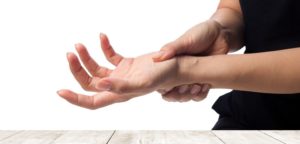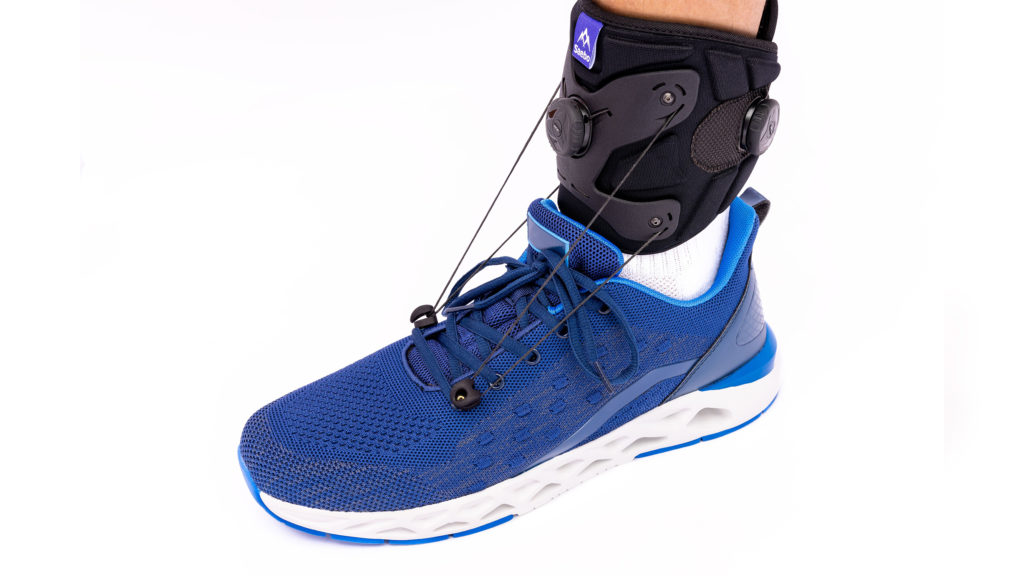Top 10 Evidence Based Foot Drop Strategies
Amy Bean
Wednesday, October 29th, 2025
#dropfoot#electricalstimulation#footdrop#nmesAFOMirror TherapyStroke rehabilitation
We’ve put together a practical reference guide for you featuring 10 recommended strategies to help manage and rehabilitate foot drop. These approaches are backed by current research and international clinical guidelines, ensuring they reflect best practices in neurological and physical rehabilitation.
Since foot drop can result from a variety of underlying causes, not every strategy may apply to every individual. However, we hope this guide serves as a valuable resource, offering a range of options to support your recovery journey and help you choose the methods that best suit your needs.
1. Orthotic
What are these?
Often call an AFO or Ankle Foot Orthosis, these are splints that are worn to help lift the foot when walking. They can either be custom made or off the shelf.
Custom made orthotics are typically for those that need a lot of support due to severe spasticity, unstable ankle, or loss of range of calf muscle preventing the foot going flat on the floor. An orthotist would assess and make a custom made splint which may require adjustments over time.
Little or no movement in your Arm and Hand? There are Rehab Options for you!
Amy Bean
Tuesday, January 10th, 2023
#electricalstimulation#nmesMental ImageryMirror Therapy

When there is little or no movement present in the arm early after a neurological injury such as Stroke, it can lead to the arm being ignored.
Focus often shifts to the leg to work on transferring or walking. How can you do exercises when there is no movement? You might get taught positioning, or advised to rest it carefully on a pillow. You may even get provided with a splint to stop it tightening over time.
The good news is there are things you can do to start getting those messages firing within the brain. It’s important to deliver input to the brain to so that it can start to rewire itself; the brain has an amazing ability to adapt and reorganise itself after an injury. You may have heard the term “neuroplasticity” – this is defined as the ability of the nervous system to change its activity in response to internal or external stimuli by reorganising its structure, functions, or connections after a neurological injury, such as a stroke or traumatic brain injury (TBI) . National Library of Medicine, Neuroplasticity, May 2022
